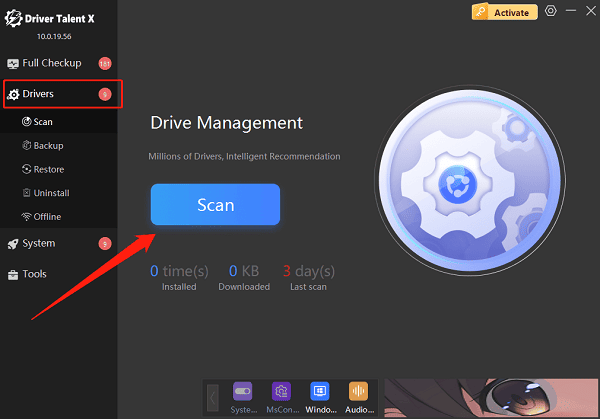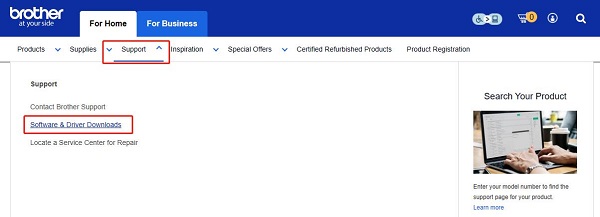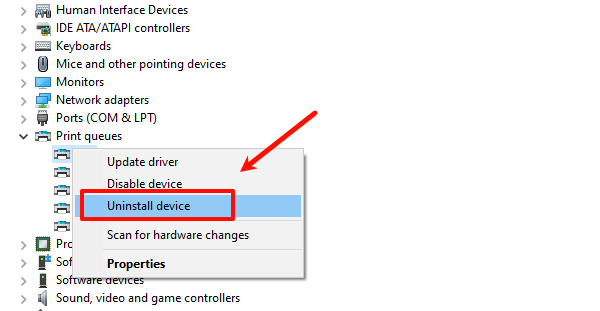In daily office or home printing, many users encounter issues such as the printer not responding, print jobs getting stuck, or the device not being recognized. In most cases, simply reinstalling the printer driver can quickly resolve these problems.
This article will analyze common causes of printer malfunctions and provide a detailed guide on reinstalling drivers to help you easily fix issues and restore printing functionality.
1. Common symptoms of printer problems
Unable to print files, with a "Printer not connected" prompt
Print jobs are sent but no response from the printer
Printed content appears garbled or formatted incorrectly
Printer shows as "Unknown Device" in Device Manager
System prompts "Driver unavailable" or "Driver error"
Note: These problems mostly stem from printer drivers being uninstalled, improperly installed, outdated, or incompatible with the operating system.
2. Why reinstall the printer driver?
The driver acts as a communication bridge between the computer and the printer. If the driver malfunctions, print jobs cannot be correctly transmitted, and the printer won't work. Reinstalling or updating the printer driver can:
Resolve driver conflicts or corruption
Ensure compatibility with the latest system updates (such as Windows 11)
Automatically recognize the printer model and configure it properly
Restore printing services and device recognition
3. Methods to reinstall the printer driver
Method 1: Using a driver management tool
If you are unsure about your printer model or want to save time and effort, it is recommended to use the professional driver tool Driver Talent X, which also helps avoid the risk of downloading or installing incorrect drivers.
Click the download button to get the latest version of Driver Talent X, install and launch the software.
Select the "Drivers" tab and click "Scan" to let the software automatically detect all driver statuses on your computer.

Find the printer driver in the scan results and click the "Upgrade" button.
Restart your computer after the update to ensure the driver takes effect.
Method 2: Download the latest driver from the official website
Open a browser and visit the official website of your printer brand (e.g., HP, Canon, Epson, Brother).
Navigate to the "Support" or "Driver Downloads" section.

Enter your printer model in the search box.
Select and download the latest driver compatible with your operating system.
Run the installer and follow the prompts to complete the installation.
After installation, restart your computer and print a test page to verify the driver works correctly.
Method 3: Reinstall via Device Manager
Disconnect the printer from your computer.
Press Win + X and open "Device Manager".
Locate "Printers" or "Unknown Devices", right-click and select "Uninstall device".

Restart your computer.
Reconnect the printer; Windows will attempt to automatically install the driver.
4. Frequently Asked Questions (FAQ)
Q1: What if the printer driver installation fails?
A: Ensure you have downloaded the driver that matches your system version. Try disabling antivirus software or run the installer as an administrator.
Q2: Still can't print after installing the driver?
A: Check if the printer is set as the default device, verify the connection, and try restarting the print spooler service.
Q3: What if I don't know my printer model?
A: Check the label on the back of the printer or use a driver tool to automatically detect the model.
When your printer isn't working properly, there's no need to rush into replacing the device. Reinstalling the driver is often the fastest and most effective solution. By following the steps provided in this article, most printer issues can be resolved.
If you frequently encounter driver problems, it's recommended to install Driver Talent X for automatic maintenance — saving you time and effort while improving efficiency.
